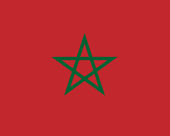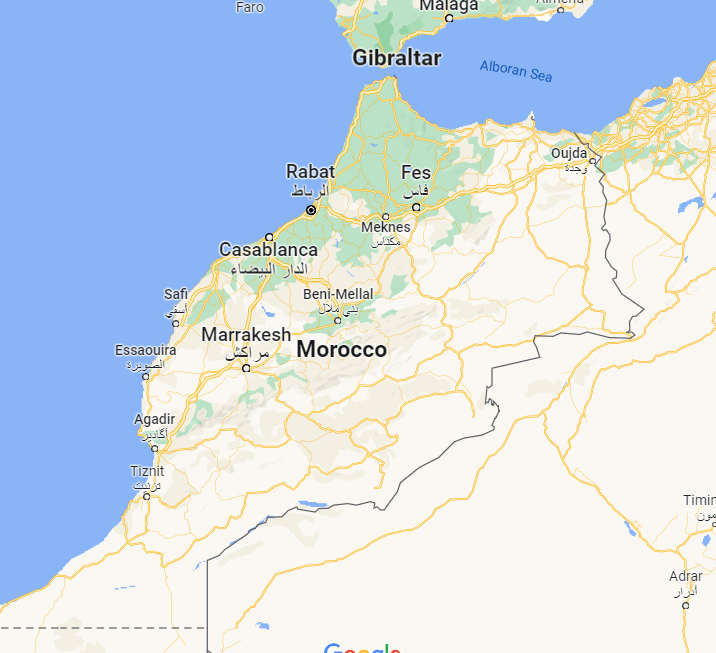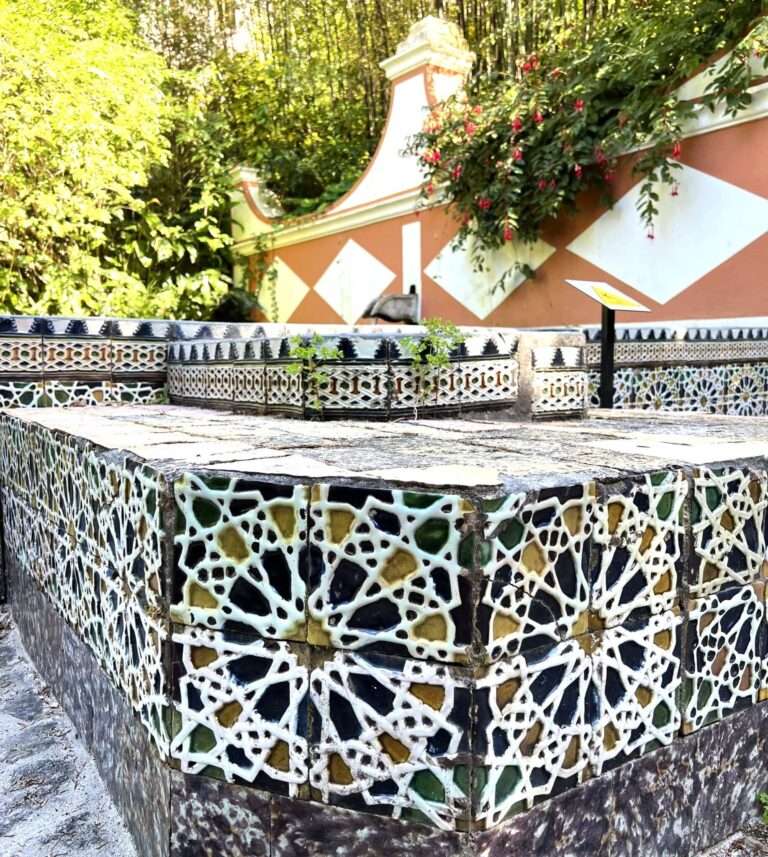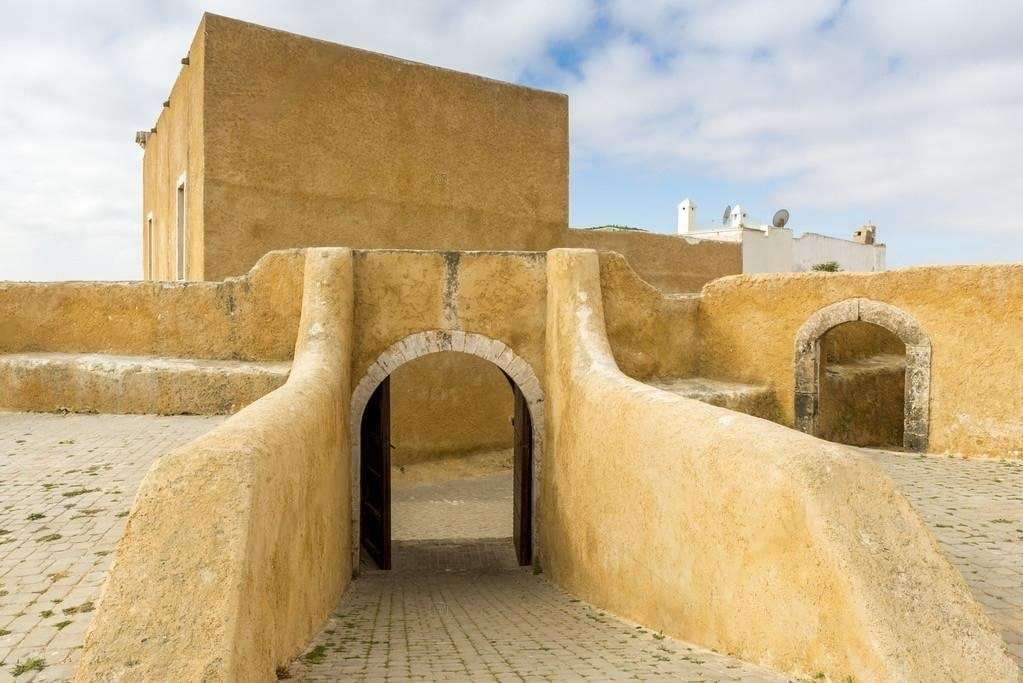Portugal – Morocco bilateral relationship officialized on July 18th, 1980
The Ambassador of Portugal to Morocco is H.E. Bernardo Futscher Pereira
The Ambassador of Morocco to Portugal is H.E. Othmane Bahnini
Rabat is the closest Capital to Lisbon

By visiting both Portugal and Morocco, many similarities this is explained by a shared history throughout centuries.
The Portuguese expansion to North Africa started with King D. João I in the 15th century, more precisely in 1415 against Ceuta, an important trade hub, part of Morocco at the time.
In the passage through Morocco, which then lasted until 1769, the Portuguese controlled the cities of Ceuta (1415-1668), Ksar esSeghir (1458-1550), Tangier (1471-1661), Arzila (1471-1549), Safi (1488–1541) and Azamor (1513–1541), Ksar es Seghir (1458–1533), among other smaller towns.
An interesting fact is that D. Sebastião, King of Portugal, fought in the battle of Ksar El Kebir, Alcácer Quibir in Portuguese, also known as the Battle of the Three Kings or even Battle of the Wadi al-Makhāzin. The Portuguese were defeated, and the King disappeared during the battle and never returned back to Portugal.
Throughout this period the Portuguese built forts and fortresses and left a noticeable influence in several cities such as Essaouira, Magazan (part of El Jadida today), still possible to admire today.


Portugal and Morocco share commonalities in the arts, influenced by historical connections and geographical proximity. The Moorish influence on Portuguese art and architecture is notable, with elements like the Mudéjar style showcasing a fusion of Islamic and Christian artistic elements. Both cultures are known for their use of decorative tiles (azulejos in Portuguese, zellige in Moroccan), featuring vibrant, geometric patterns.
Traditional craftsmanship is a shared characteristic, with a rich heritage in handwoven textiles, pottery, ceramics, and metalwork. The emphasis on artisanal craftsmanship and attention to detail is evident in both cultures. Additionally, the influence of Mediterranean aesthetics is apparent in the use of earthy tones, natural materials, and elements inspired by nature.
The photo on the left shows tiles of Moorish influence in Sintra, Portugal.
The Portuguese fortification of Mazagan, now in El Jadida, Morocco. Built in the early 16th century, it exhibits Renaissance military design and was taken over by Moroccans in 1769. The surviving Manueline-style structures reflect late Gothic architecture.
Mazagan is noted as an early Portuguese settlement in West Africa.
In recent years, relations between Portugal and Morocco have been characterized by cordiality and cooperation in areas such as political, economic, and cultural exchange.
Both nations are working to deepen their relations and strengthen their ties for the benefit of their citizens and their regions as a whole. Portugal and Morocco maintain a proactive relationship, with the exchange of several agreements to boost bilateral ties.
Morocco’s economy is expected to grow by 3.3% in 2023. There has been increased investment in infrastructure, tourism, and agriculture. The country has also been working to improve its business environment, with reforms aimed at reducing bureaucracy and encouraging foreign investment.
Morocco celebrates its independence on November 18th – Independence Day.


The upcoming 2030 FIFA World Cup, set to be co-hosted by Portugal, Spain, and Morocco, presents a golden opportunity for these nations to deepen their connections, with a particular focus on the burgeoning relationship between Portugal and Morocco.
The decision to include Morocco as one of the hosting nations for the 2030 World Cup is a testament to the growing recognition of the country’s rich cultural heritage, strategic geographical location, and its commitment to promoting unity through sports. This tripartite collaboration not only underscores the inclusive nature of the beautiful game but also opens new doors for diplomatic, economic, and cultural cooperation.
One of the primary benefits of this collaborative effort lies in the potential economic windfall for both Portugal and Morocco. The influx of tourists, football enthusiasts, and media attention during the World Cup will create a unique platform for showcasing the diverse offerings of each nation. Portugal, with its enchanting landscapes, historic cities, and vibrant culture, and Morocco, with its exotic charm and centuries-old traditions, stand to gain immensely from the increased global visibility.
Furthermore, the joint organization of the World Cup provides an ideal setting for the two nations to explore and implement joint ventures in various sectors. From tourism and infrastructure development to technology and trade, Portugal and Morocco can capitalize on this global event to forge strategic partnerships that extend beyond the confines of the sporting arena.
Culturally, the World Cup offers an opportunity for Portugal and Morocco to showcase their unique traditions, fostering mutual understanding and appreciation. Through cultural exchanges, joint events, and collaborative initiatives, the people of both nations can gain deeper insights into each other’s histories and customs, building bridges that extend far beyond the tournament.
In the realm of diplomacy, the 2030 World Cup serves as a diplomatic stage for Portugal and Morocco to engage in constructive dialogue and build a foundation for long-term cooperation. As the eyes of the world turn towards the Iberian Peninsula and North Africa, these nations have the chance to demonstrate the power of collaboration in addressing shared challenges and pursuing common goals.




